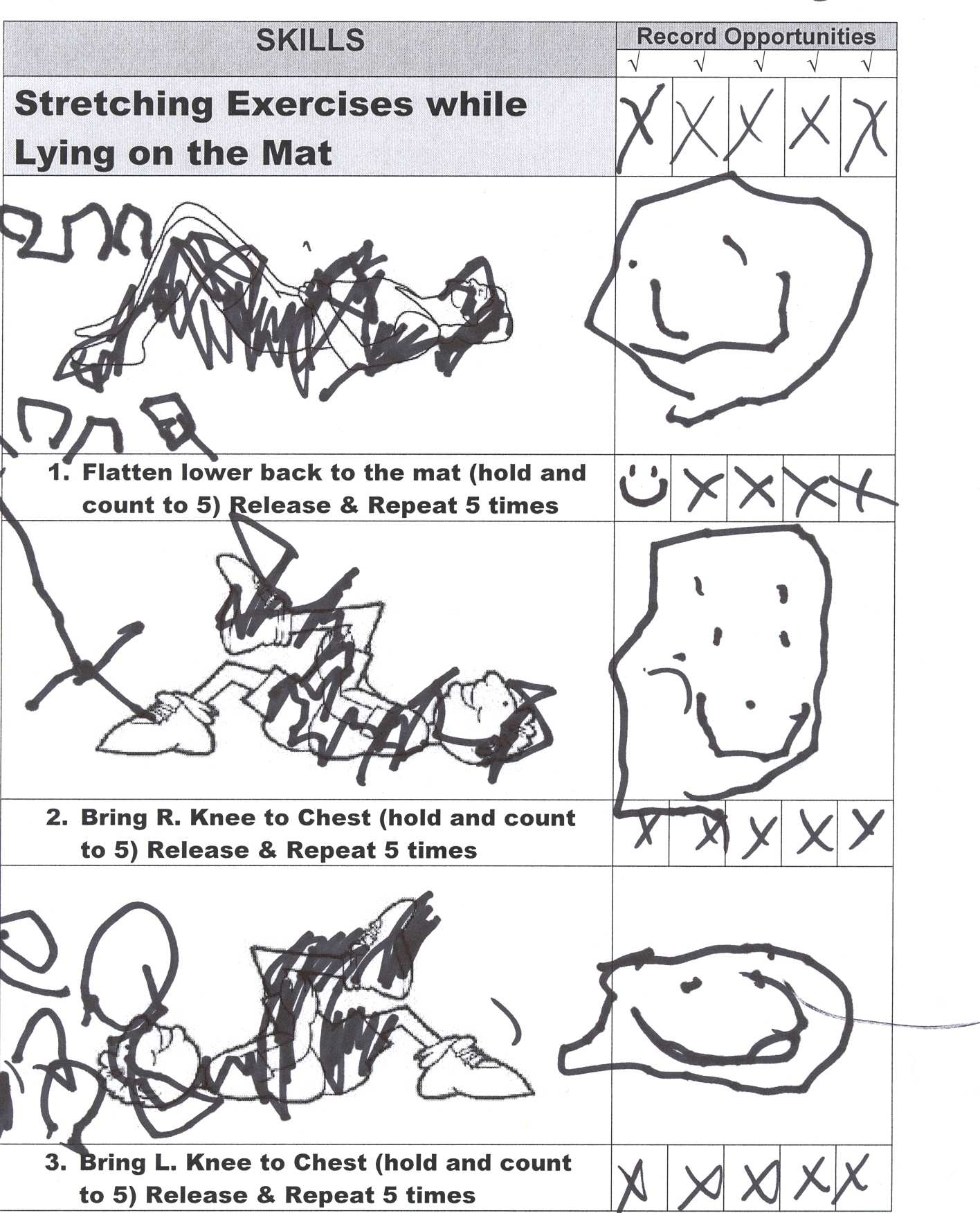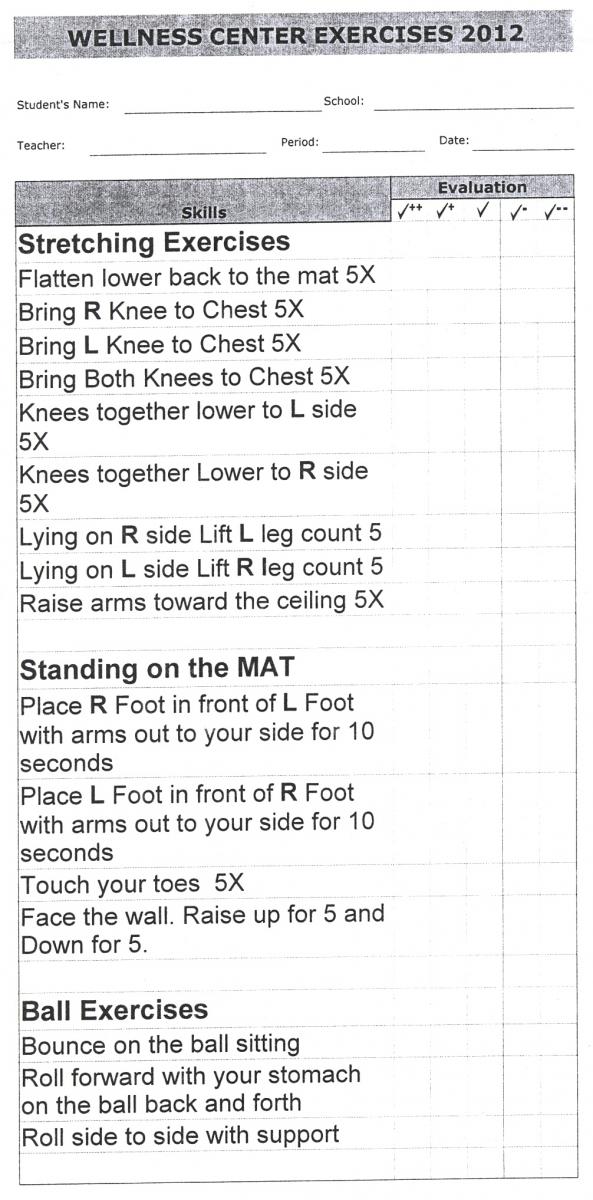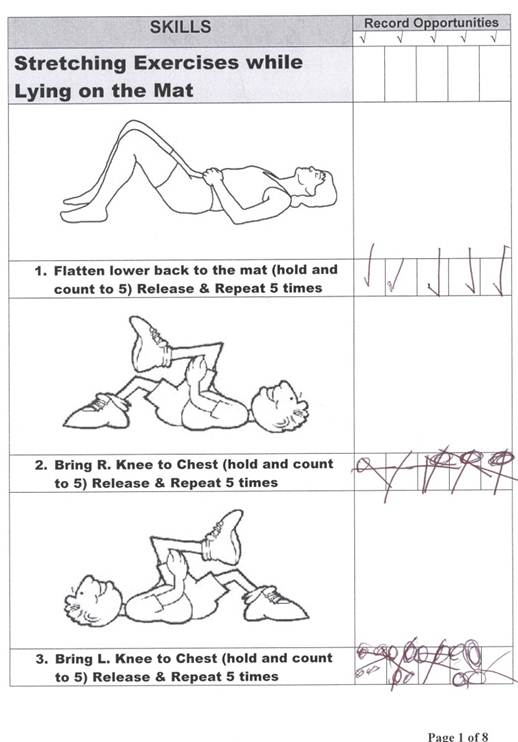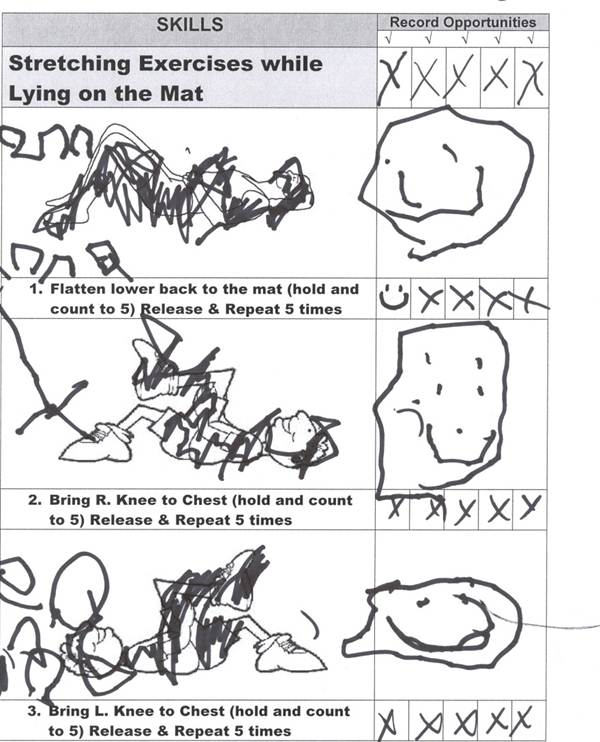Wellness Program for Youth Who Are Deafblind
Submitted by DeCaluweS on Mar 22, 2018

Youth who are blind or visually impaired with additional disabilities can learn to be more independent as their literacy skills increase, as shown in this activity for a group of teenagers with deafblindness in the public school system.
The goal was to encourage them to be more physically active through basic stretching and simple exercises, while also encouraging them to be as independent as possible while using their literacy skills. The staff started with a list of printed exercises for the class to do, but since the students were not able to read the instructions themselves, they were dependent on staff for direction.
Materials:
Procedure:
-
Observe each student in the exercise program and review their individual literacy needs and skills
-
Design individual exercise sheets in the format best suited for their needs and accessible to their preferred literacy mode
-
Encourage students to be as independent as possible in following the list of required exercises for each session
-
Provide support, as needed, for them to fill out their personal exercise sheets
Variations:
This example uses a combination of large print and line drawings, but other picture symbols, braille or tactile symbols could also be used. Some students may want to learn to keep track of how much time they have used different pieces of exercise equipment or may wish to learn to check their own heart rate or pulse.





